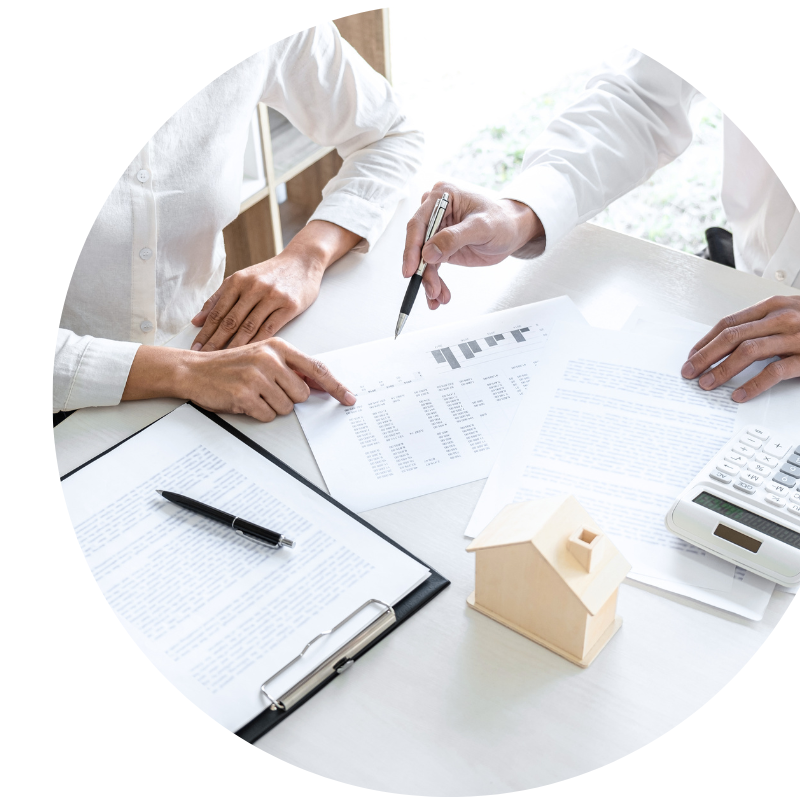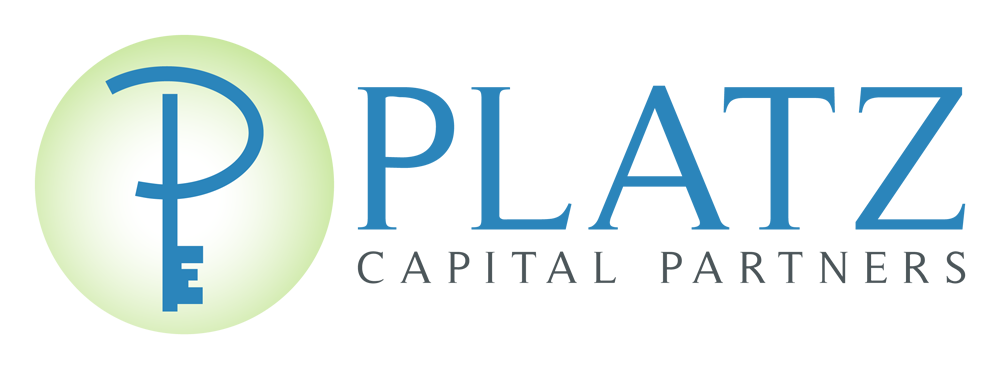Lines of Credit
Benefits of a Line of Credit
Keep a line open without paying interest.
Use when and as often as you need it.
Qualify, even if you have bad credit.

What is a Line of Credit?
Lines of credit, in most cases, are a form of revolving debt.
Each type of line has different qualifying criteria, so it’s important to consider all of the options before you choose which line you want to use. A qualified loan broker can help you compare available lines without bias toward any particular product.

Traditional and non-traditional lenders available to you
In Capital Accessible Through Our Network
Fastest time to funding through Platz Capital

Seasonal
For many businesses, just a few months represent most of the year’s revenue. But the expenses are often distributed more evenly across the year, resulting in periods with expense but little or no revenue. Managing these seasonal ups and downs can be stressful. A line of credit alleviates the roller coaster ride and makes funds available all year long. Use it to cover expenses during the slow season and free up the balance when cash flow is high. Alternately, consider factoring if accounts receivable balances or contracts warrant it.

Back Up
Unexpected expenses can hit your business at any time. Accidents, weather events, lawsuits, and hikes in material costs can seem to come out of the blue. Be better prepared to handle emergencies when you have a line of credit. If your line carries a zero balance, you won’t have to pay interest. So, you can have an open line ready when the need for extra cash arises.

Flexibility
Not every cost is clearly defined. During regular equipment maintenance, you may discover that your machinery needs repairs. What started as a simple renovation project could unearth asbestos that has to be professionally removed. With a traditional loan, you have a set amount to spend. If you’re short, you need to apply for a second loan. If you’re over, you’ll pay interest on the amount you don’t need. Eliminate both with the flexibility of a line of credit.
1
Step 1 – Preapplication
This is the step the banks miss. You’ll give us simple information that will help us position you for funding.
2
Step 2 – Financing Selection
Our team sources and presents offers along with the critical information you need to make decisions.
3
Step 3 – Closing
We facilitate the process from final selection to closing to create the smoothest process possible.
